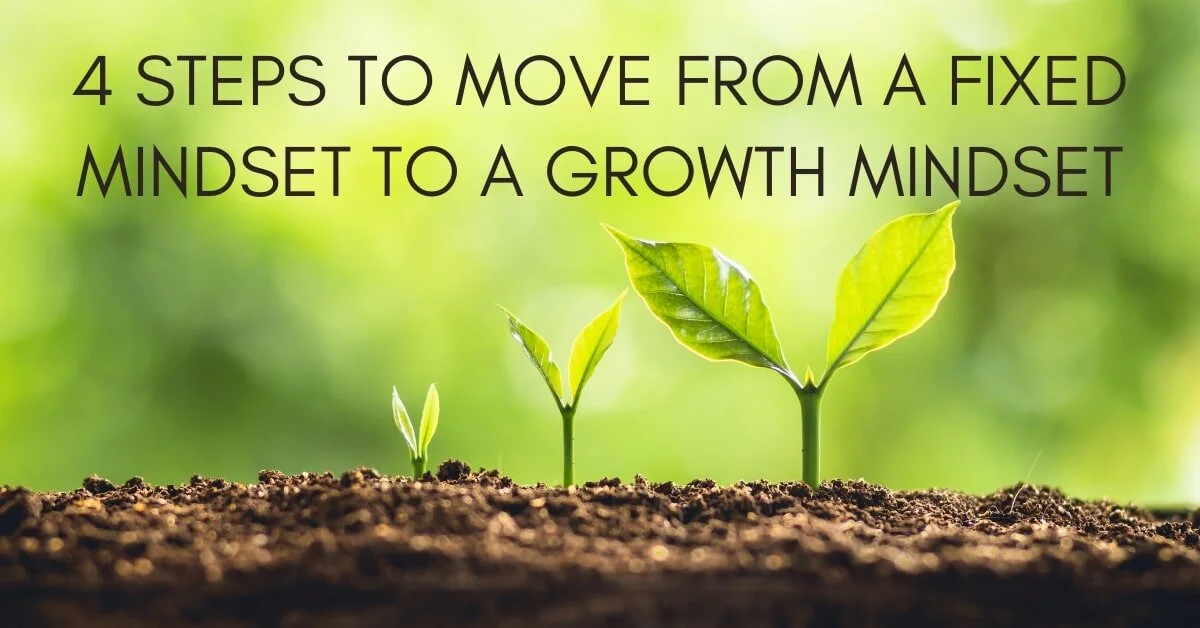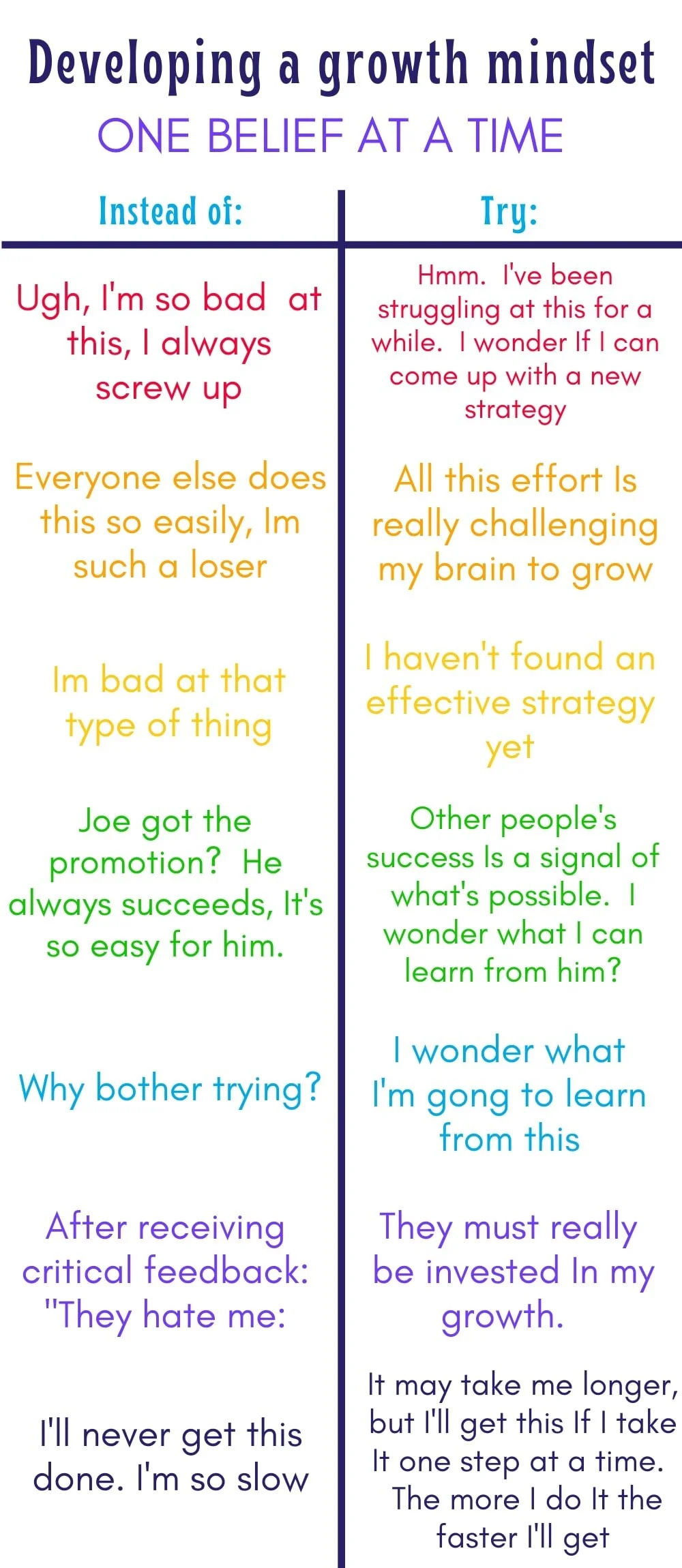In 1978, there was a high school sophomore who lived, breathed, and dreamed of basketball. He practiced every second he could get, and he wanted nothing more than to be a starting forward on his school's varsity team.
But when the list was posted, his name was first on the JV team. He had been passed over for another sophomore who was 8 inches taller and 20 pounds heavier. He was crushed. He went home, rushed up the stairs to his room, closed the door, and cried. He was ready to give up altogether.
But this heartbroken ball player was lucky. He had a wise, compassionate mom who reminded him of his love for the sport and convinced him to give it another shot.
So he showed up at his JV practice the next day and he worked. In fact he spent that entire year working harder than any other kid on the JV team. He talks about how he pictured the list of teams when he started to get tired. He says that he pushed himself to try harder, find new strategies, and put in extra time to get himself off that list the next year.
Who was this plucky ballplayer? A guy named Michael Jordon. Heard of him? Of course! He's gone on to be, arguably, one of the greatest basketball players of all time.
But the story doesn't end there. Jordon doesn't fail once at 15 and then have a career paved with gold-plated success from then on. Sure, Michael was promoted to varsity his junior year. But he struggled, fought, and failed many more times. He reports that he lost over 300 games, missed the game-winning shot 26 times, and was part of several losing teams (including the 2011 hornets, who had the worst record in history, winning only seven games all season).
The thing about Michael Jordon, what he and the people close to him attribute to his success, was that he took each failure as information about his process rather than a condemnation of his being. He saw failure as evidence that what he was doing wasn't working and took that knowledge as an opportunity to do something different- something more effective.
This is the growth mindset.
The Growth Mindset: The power of belief
Mindsets are rooted within the stories we tell ourselves and the way we talk to ourselves. If Jordon had been allowed to maintain his belief that his failure to make the varsity team was a signal of his lack of ability, potential, or talent. Then basketball might look very different today. But instead, his mother pushed him to change the way he was talking to himself about it. To see that failure as data to change his strategy.
If we come up to a challenge or failure and say, "This is so hard. I'm horrible at this. I'll never be able to do it." We're affirming a fixed mindset- that challenge is a sign of weakness, and we can't change it. If we hear that, and instead change it to: "Wow, this is challenging me and pushing me out of my comfort zone. I wonder what I can do to help me through this." You see the challenge, appreciating what it can do for you, and then helping yourself through the discomfort.
But for those of us with a fixed mindset, changing that pattern can feel like a daunting task. But changing your mindset is possible once you understand the process and start developing the language.
The 4-step process to changing your mindset:
Notice the tell-tale feeling/ behavior signals of a fixed mindset:
Depression- fixed mindsets can trigger a depressive, hopeless feeling. If everything is fixed, then there is no possibility of possible success.
Anxiety- fear of failure and the things that it means about YOU can cause overwhelming anxiety
Fear- fear of failure, fear of being found out, fear of the unknown- these are all based within a fixed mindset that says anything short of quick, easy success is a referendum on your ability or character
Avoidance- avoidance is often the result of anxiety and fear and, therefore, a red flag to preceding fixed beliefs
Procrastination- the active cousin of avoidance, is another way of handling the discomfort of fear and anxiety.
Identify the fixed mindset belief that triggered that feeling/ behavior.
Once you have pointed out the red flags, the next step is finding the fixed belief that triggered it. Where did you think things were unmoveable, a signal of your permanent ability/ talent or character?
Challenge the fixed belief and replace it with a growth belief.
Now you know what triggered it- how can you reframe it? Where can you replace failure with lesson or challenge with opportunity?
Take a growth action step
What is the action/ movement you can take to grow, to step out of comfort and into change? What behaviors can you adopt to push yourself to the growth?
A Changing vocabulary: Replacing a Fixed belief with a Growth Belief.
Challenging your fixed beliefs can feel challenging, unwieldy, and downright confusing sometimes. But, the more you practice, the more comfortable and more natural it will feel. Remember that fixed mindset beliefs see outcomes as the indicator of fixed/ unchangeable internal attributes. Growth mindsets see results (success/ failure/ struggle) as data for whether or not the process needs to be modified.
But, remember, switching mindsets is not a one-and-done thing. It's a process: one that will go three steps forward and two steps back on a polka dance to change. Try to have a growth mindset about developing a growth mindset. See each time you notice a fixed mindset creeping in as an opportunity to change and learn and grow. Don't beat yourself up about the struggle- embrace the opportunity and switch tactics as needed.
Ready to shift from
meltdown to mastery?
This online course has been designed specifically to help teach the strategies ADHD brains need to help them move from overwhelm and meltdowns to confident emotional mastery.
Want to know more about
thriving with ADHD?
Check out these other articles:











ADHD and Shame: The 2 magic keys to reversing a shame spiral